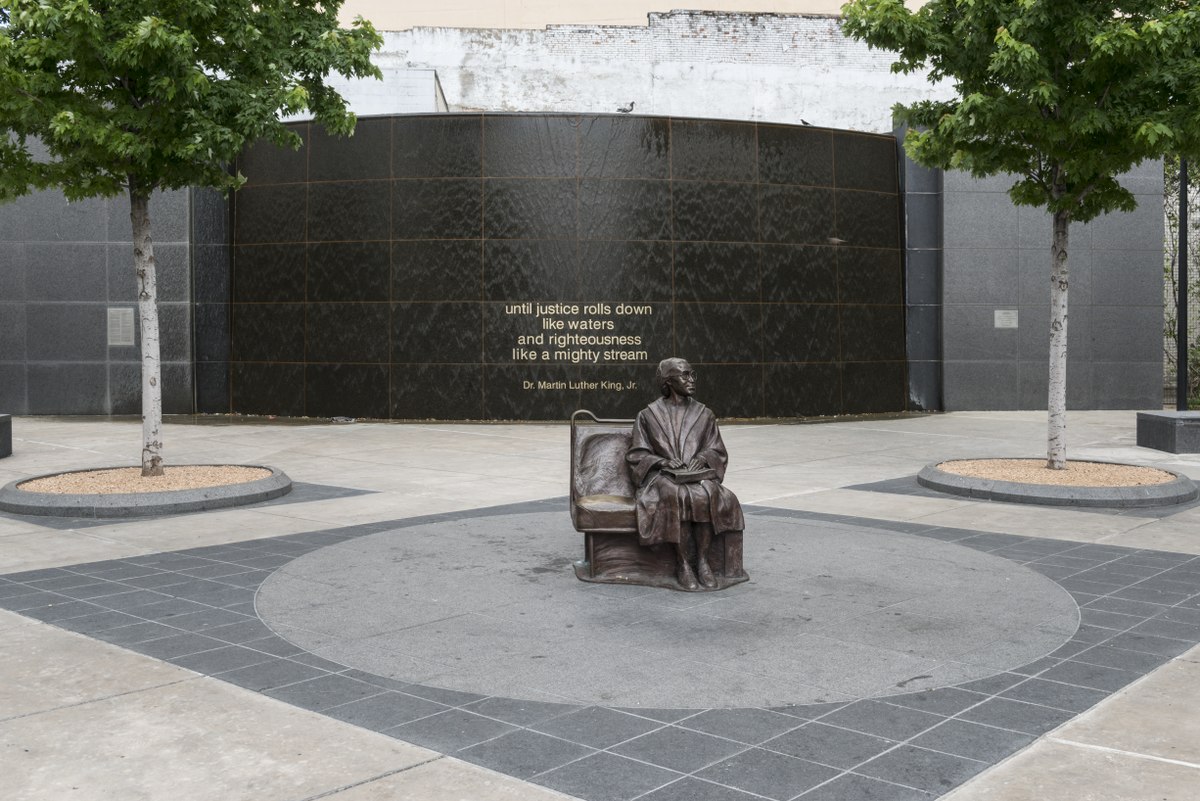News of the Charlottesville killing of an anti-racism demonstrator woke me from a long hibernation. I’d have preferred to have remained undisturbed.
The death of Heather Heyer made me think back to the two summers I spent as a civil rights worker in Demopolis, Alabama, from 1965 to 1966. The first of those was a hard year for the movement. At least four civil rights workers, three white and one black, were murdered in Alabama that year. Even their names are now nearly forgotten: James Reeb, Viola Liuzzo, Jimmie Lee Jackson, and Johnathan Daniels.
My first response was to check my closet to see if I still had my old “freedom suit,” the overalls-and-collared-shirt get-up that by 1965 had become the uniform of civil rights field staffers in Dixie. But then I realized something. The times I’ve seen aging WWII veterans in their uniforms I’ve felt sorry for them. They seem withered. And for all I know, maybe they are just as withered within as without, as I am today. In Alabama I never hesitated before the possibility death. Like nearly all young people, I felt invincible. And I also figured that if any of us were killed, our movement would ultimately triumph and make our martyrs into eternal heroes.
I guess one could say that I’m older and wiser now. I haven’t seen the triumph of any of the movements in which I participated, though I have seen liberal politicians claim credit for the supposed victory of a couple of them. What I’ve seen is the inching back and forth of public opinion. Black liberation? The slums of our ghettoes are more despairing today than they were 50 years ago. An end to the war in Vietnam? If our nation listened to those of us who protested it, then why did it repeat its error in Iraq?
But my withering is more than that of hope. Today I have a bad back, and I wear hearing aids and eyeglasses. I’d run from any fight. I feel frightened, not challenged, by the dangers before us today. And even if it’s not so much death that I fear, the specter of a mauling terrifies me. I have become a timorous old man.
My guess is that the assaults on anti-racist demonstrators will increase. If the movement against Confederate monuments continues — and I think it will probably intensify — racists will learn from what happened in Charlottesville and the killings of the now-distant past. I won’t say what they will learn, but everyone should realize that such actions are subject to tactical or technical evaluation and “improvement.”
These last few mornings, upon awakening I go to the web, the newspapers, and the TV. I want to know more about the Charlottesville killer in this case. I also want to see a clear statement. Did the police helicopter at Charlottesville fall from the sky — or was it brought down? Some of the fascists had semi-auto rifles, didn’t they?
I also joined a protest last weekend at Robert E. Lee Park, a nighttime protest, and those are always a bit risky. The handsome old general and a young aide were still astride their horses, and the lawns behind them, leading up to a three-quarters copy of Lee’s mansion at Arlington, were freshly mowed, on the city’s dime.
The movement to remove Confederate icons will prosper over time, not because of anything the gradualist Mayor Rawlings proposes but because even bronze is subject to rust. But in all things racial, white Americans prefer the gradualist path, putting things off. Their slogan, “Wait!” has always meant Forever. At 71, I believe that Lee will still be in the saddle when we surviving civil rights workers, the aides who rode behind Dr. King, are ashes and dust.





